The world of photography has changed more in the past few years than in all the decades since its birth. Cameras now fit in our pockets, and everyone with a smartphone can snap photos.
Yet, this is just the start. While traditional methods still hold value, new tools and tech are pushing the limits of what’s possible. From virtual reality to the rise of AI, these changes raise questions about where photography is heading next.
What will photos look like in five or ten years? How might we share and view them?
Well, this blog looks at the trends shaping the future of the art and craft of photography.
Technological Advances Shaping Photography’s Future
The photo world is changing fast. New technology is pushing the limits of what we can do with cameras beyond their traditional boundaries. Smartphones now capture images that once required large equipment.
Computer chips in cameras enable the speed and ease of capturing the right moment. The tools we use to edit photos after taking them continue to improve each year.
This means both pros and new fans can create better images with less effort and time. The big question is: what comes next?
Let’s look at two key trends that will change how we take and see photos.
The Rise of Artificial Intelligence in Photography
AI is now a big part of how we take and work with photos. It helps cameras spot faces, correct poor lighting, and even adjust the appearance of pictures after they’re taken.
The way AI learns from numerous photos enables it to make informed decisions about what looks visually appealing.
Smart Editing Tools: New AI tools can fix photos in ways that used to take hours. They can spot what needs to be fixed and make those changes with just one click.
- Auto modes that learn what you like and adjust settings for you
- Face touch-up tools that look more real than old methods
- Background change tools that work much better now
- Noise fixing that keeps more detail in dark shots
- Color fixing that makes photos pop without looking fake
- Style tools that can make new photos look like old film types
VR, AR, and the Immersive Photography Experience
AR (Augmented Reality) adds digital elements to what you see in real life through a device. At the same time, VR (Virtual Reality) creates a fully digital world that replaces your real surroundings when using special headsets.
Photos are no longer just flat images we look at. New tech lets us step into scenes or add digital items to real views. This mix of real and digital is growing rapidly and changing how we perceive what makes a good photo.
New Ways to View: These tools change not only how we take photos but also how we perceive them. Viewers can now walk through scenes or zoom in on specific details with greater clarity.
- Full 360-degree photos that let viewers look all around
- Photos with depth that change as you move your phone
- Mixed shots where real scenes have digital parts added
- Apps that let you place new objects in old photos
- Glasses that add photo frames to what you see in real life
The Impact of Social Media and Online Sharing
Social media has changed how we take, share, and view photos. Now, it’s not just about the shot but also about who sees it and how they react. This has shaped both what photos we take and why we take them.
- Quick Sharing: Photos now go from camera to world in seconds. This speed has made taking photos more about the now than saving them for later.
- Like Culture: The hunt for thumbs up and hearts drives many to take photos that will get good reactions rather than ones they truly love.
- Feed Format: The small screens and quick scrolling on apps have led to brighter, bolder photos that grab attention fast.
- Short Life: Most photos are seen once and then lost in the feed. This has led to more casual shots and less worry about making them perfect.
- Trends Rule: Photo styles come and go much faster now. What looks good this month might seem old next month.
- Size Matters Less: With most photos seen on phones, big files and high detail matter less than they once did.
- Filters and Effects: Built-in tools on apps make it easy to change how photos look, often making them less real but more eye-catching.
Will Photography Stay Analog or Fully Digitized?
The future of photography isn’t about picking sides between old and new methods. Both will likely stay with us for years to come.
Film cameras and prints still offer things digital can’t match – a feel, look, and process that many love. At the same time, digital tools continue to improve, become more affordable, and easier to use.
What we’ll see is not one winning over the other, but a mix where each finds its place. Some folks will use film for art projects while keeping a digital camera for daily shots.
Others will work fully digital but try to make their photos look like film. The key point is that both ways of taking pictures meet different needs.
The best path ahead isn’t about the tech we use, but about what helps us tell our stories most truthfully.
Summing It Up
Photography’s future lies in your hands. With new tech like AI and AR pushing the limits of what’s possible, you have more ways than ever to capture moments that matter.
Social media has changed how we share our shots, making photos more social than ever before. Both digital and analog methods will stick around, each with its special place in the photo world.
What’s next for your photo journey? Keep learning about new tools, but don’t forget why you take photos in the first place – to catch moments, tell stories, and share your view of the world.
Want to join the conversation? Leave a comment below about which new photo tech gets you most excited.
Or better yet, grab your camera (whatever kind it is) and make some new memories today!

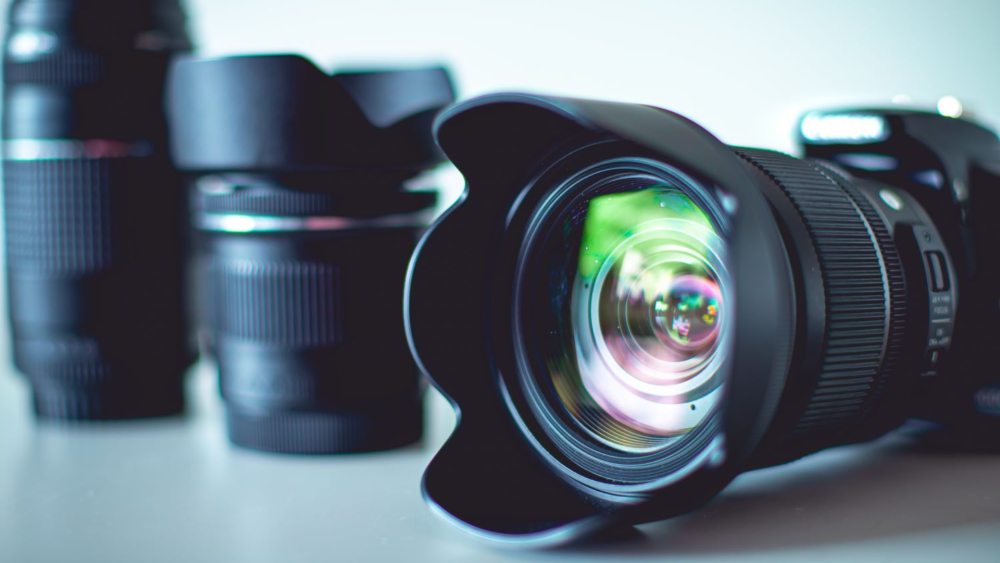

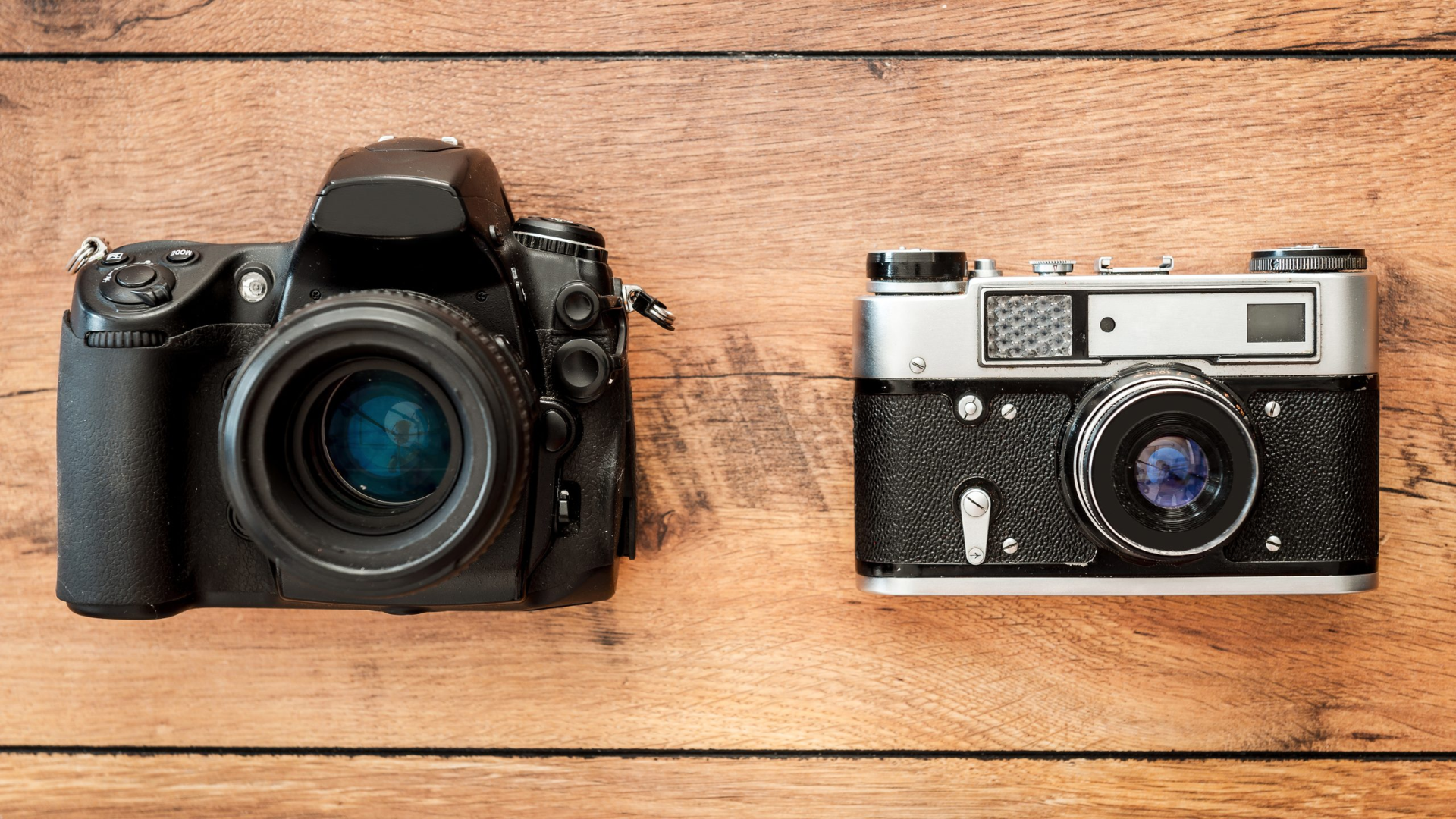
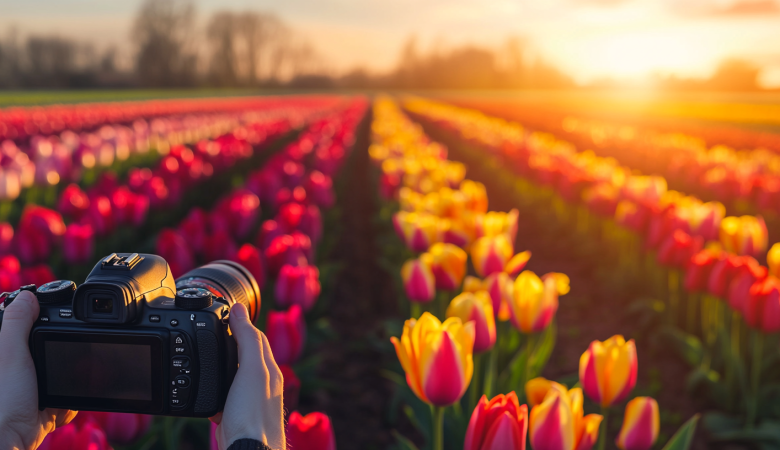
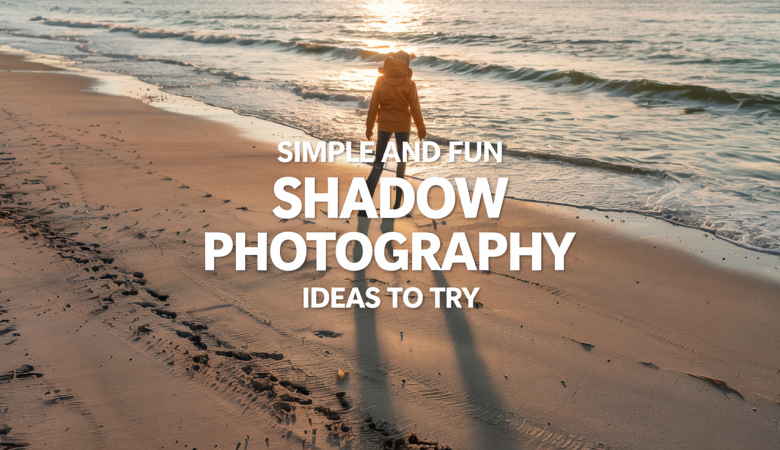
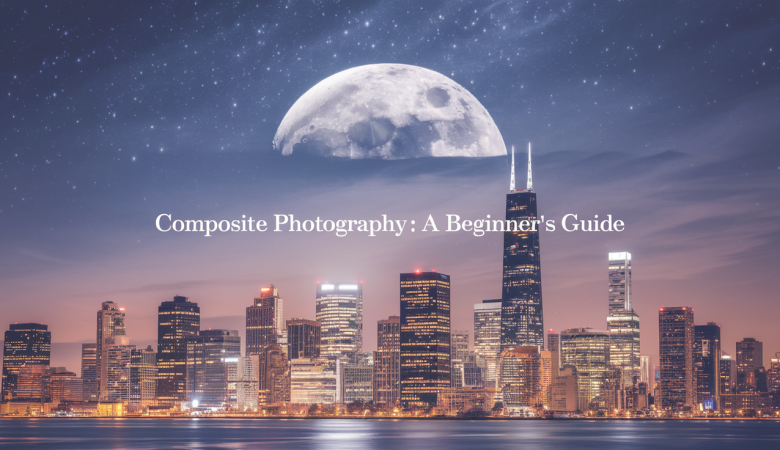

Leave a Reply